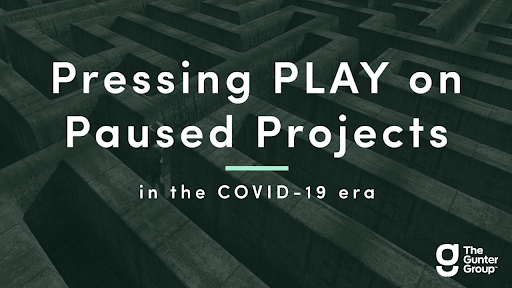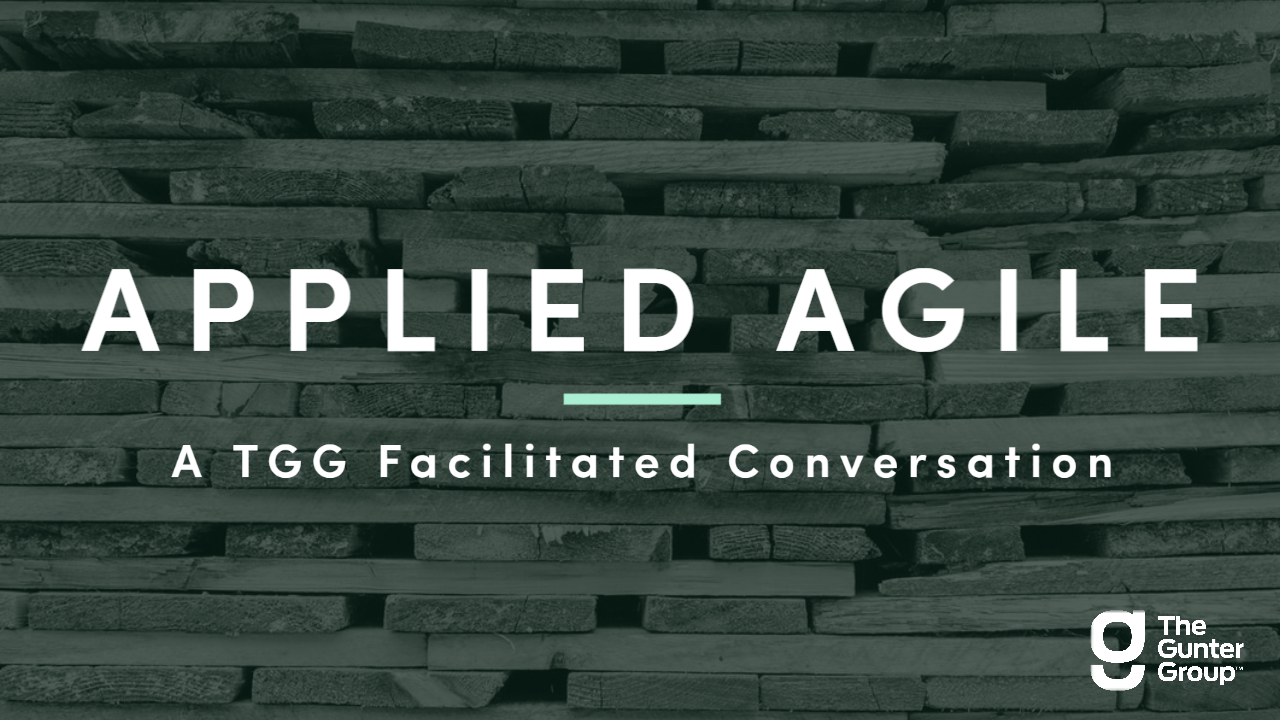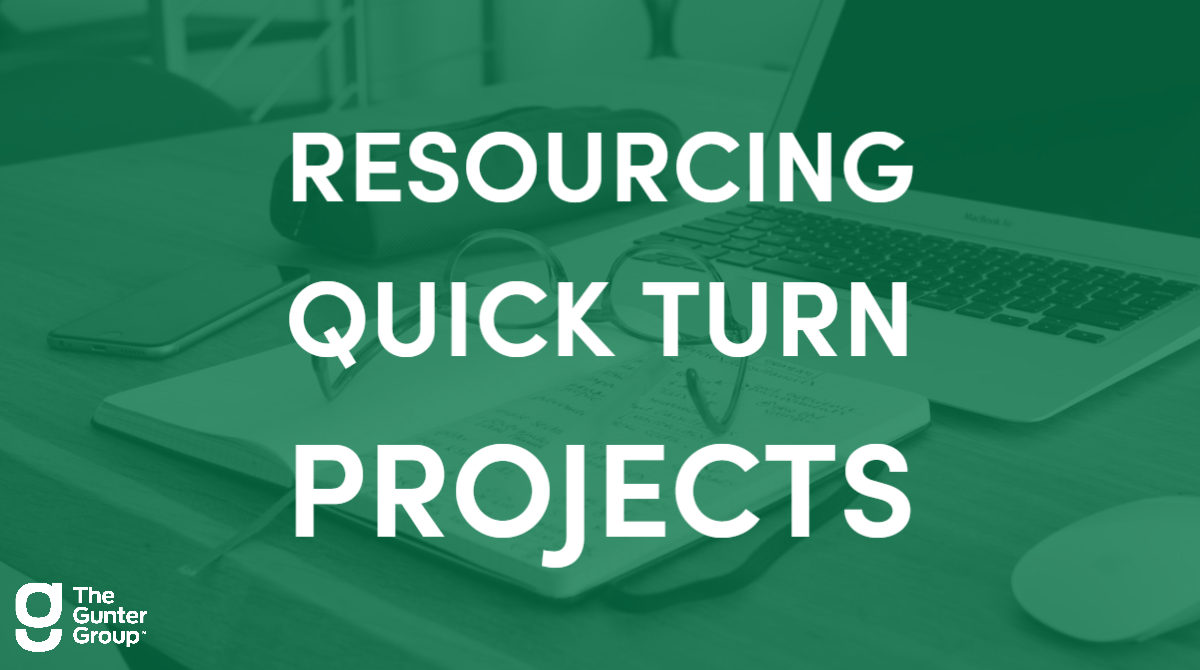As a result of the COVID-19 pandemic, organizations have had to make tough choices and “hit the pause button”, delaying projects and strategic initiatives. We are now seeing enterprises reinstating their paused projects and initiatives, but in a changed world, where challenges such as limited and/or remote staff, constrained budgets, and emerging competing priorities need to be factored into the mix.
Tag Archives: Execution
TGG FACILITATED APPLIED AGILE PANEL DISCUSSION
A few weeks ago, The Gunter Group facilitated a panel discussion at one of our clients (a global footwear and apparel company), which focused on Agile methodology application within their organization.
5 TRAITS TO LOOK FOR WHEN RESOURCING CRITICAL, QUICK TURN PROJECTS
Whether you’re faced with a crisis now, or looking to be prepared for the future, check out these 5 traits that keep organizations moving forward in critical, quick turn projects.
TGG STORY PUBLISHED IN OREGON BUSINESS MAGAZINE
Along with being named the #4 Best Company to Work For in Oregon (medium business category), Oregon Business published an article highlighting The Gunter Group’s brand story.



